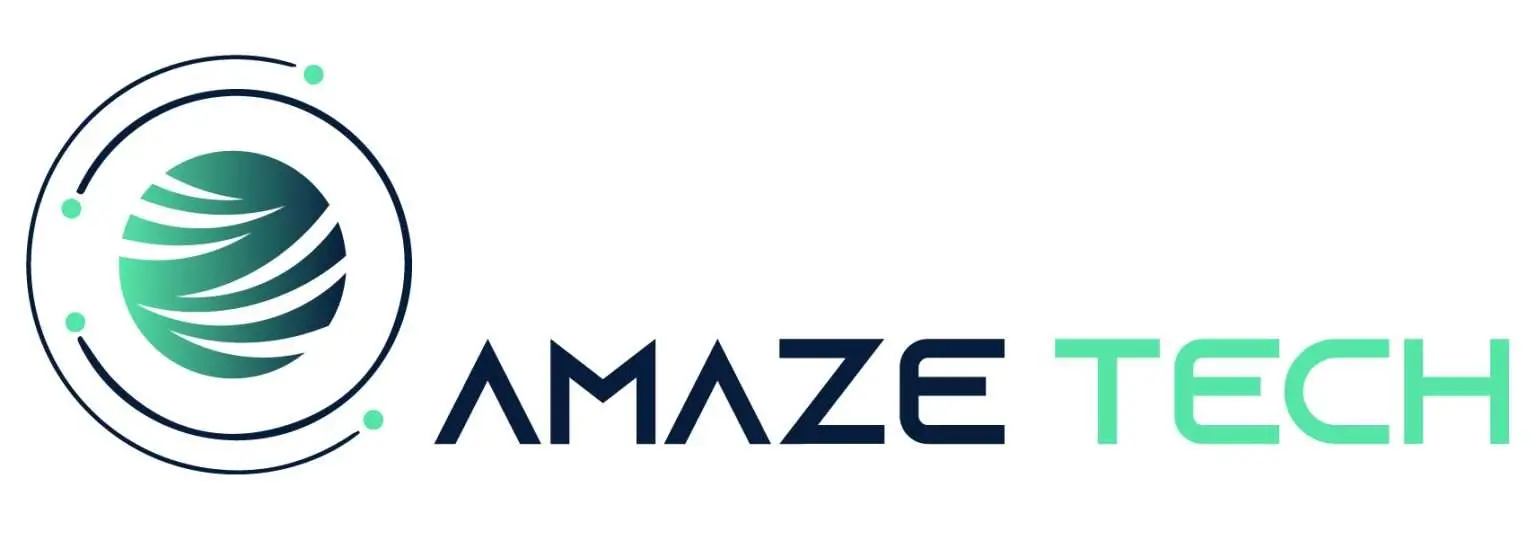Want your e-commerce product pages to rank higher, attract qualified traffic, and convert more shoppers? This 2025 guide breaks down the best on-page SEO practices, from keyword research and meta tag optimization to schema markup, internal linking, image SEO, and Core Web Vitals tuning.
Learn how to craft unique product descriptions, leverage user reviews, and streamline your URL structure for maximum search visibility. Whether you’re optimizing for Google or AI search engines, this step-by-step checklist will help you boost rankings, enhance user experience, and drive consistent sales growth.
Optimizing your e-commerce product pages with the best on-page SEO practices 2025 is one of the most effective ways to improve visibility, attract organic traffic, and increase conversions. A well-structured product page SEO optimization strategy ensures that your pages not only rank higher on Google but also deliver a better customer experience, driving sales.
By implementing e-commerce on-page SEO best practices such as keyword research, optimized product descriptions, schema markup, internal linking, and image optimization, businesses can strengthen their search presence while building long-term trust with search engines and customers.
This complete e-commerce product page SEO guide will walk you through a comprehensive product page SEO checklist that covers everything from fundamentals to advanced optimization techniques.
Why On-Page SEO Matters for Product Pages
Product pages are the heart of any e-commerce website. They are where users make final purchase decisions and where search engines evaluate relevance and quality. On-page SEO for product pages ensures that your content, structure, and technical signals align with what users are searching for. Without proper product page optimization, even the best products may remain invisible in organic search results.
E-commerce on-page SEO focuses on creating unique, keyword-rich content, ensuring fast load times, and integrating user-generated content that builds credibility. When combined with technical SEO strategies like structured data, proper crawling, and indexing, your product page SEO optimization becomes a powerful tool for improving rankings and conversions.
Keyword Research and Strategy for Product Pages
Keyword research is the foundation of all on-page SEO strategies for product pages. The right keywords ensure that your pages target search intent and attract qualified traffic. Focus on long-tail keywords, buyer-intent queries, and variations like product names, model numbers, and descriptive attributes.
Use tools such as SEMrush, Ahrefs, and Google Keyword Planner to find relevant terms. Incorporate both primary and secondary keywords into title tags, meta descriptions, headers, product descriptions, and image alt text. A product page SEO checklist should include keyword mapping to ensure no overlap or keyword cannibalization across multiple pages.
Title Tags and Meta Descriptions Optimization
Title tags and meta descriptions are critical for visibility on SERPs. For the best on-page SEO practices 2025 for product pages, keep title tags under 60 characters and include the main keyword naturally. Meta descriptions should be around 150–160 characters and provide a compelling reason to click.
Effective product page SEO optimization means balancing keyword usage with readability. A strong meta description improves click-through rates, while optimized titles help Google understand the context of your product. Avoid duplicating title tags and ensure each page has unique metadata aligned with search intent.
Product Description SEO Best Practices
Unique product descriptions are one of the most overlooked aspects of e-commerce on-page SEO. Avoid using manufacturer descriptions, as duplicate content can harm rankings. Instead, create original, keyword-rich, and engaging descriptions that highlight benefits, features, and use cases.
Break down content into scannable sections using bullet points and short paragraphs. Include target phrases like product page optimization techniques and product detail page SEO best practices while keeping the tone user-friendly. Strong product descriptions improve both search engine visibility and conversion rates.
Image Optimization for Product Pages
Images play a vital role in e-commerce product page optimization. High-quality visuals improve customer experience, but without proper optimization, they can slow down page speed. Use compressed formats like WebP and include descriptive file names with target keywords.
Alt text should describe the product accurately while incorporating relevant terms like product page SEO tactics and ecommerce product SEO optimization. Image schema and structured data can also improve visibility in image search results. Always balance image quality with performance for optimal results.
URL Structure and Navigation Optimization
Clear, descriptive URLs are a core part of e-commerce on-page SEO. URLs should include primary keywords and follow a logical hierarchy, such as example.com/category/product-name. Avoid unnecessary parameters and keep URLs short and readable.
Navigation also plays a role in product page on-page optimization. Implement breadcrumbs for improved usability and ensure users can easily find related products. A clean URL structure enhances both user experience and search engine crawling, making it a key factor in best practices product page SEO.
Schema Markup and Structured Data Implementation
Structured data is an advanced product page SEO technique that helps search engines understand your content better. By implementing schema markup, you can enable rich results like ratings, prices, availability, and FAQs.
Use formats like JSON-LD and schema types such as product schema, review schema, and breadcrumb schema. Schema markup not only improves visibility but also increases click-through rates by enhancing how your product pages appear in SERPs. For e-commerce SEO best practices, structured data implementation is non-negotiable.
User-Generated Content and Reviews Optimization
User-generated content (UGC), such as reviews, ratings, and Q&A sections, adds credibility and improves keyword diversity. On-page SEO for product pages should integrate UGC to boost engagement and trust.
Reviews provide fresh content, signal product authenticity, and can be optimized with review schema for rich snippets. Encourage customers to leave feedback and showcase it prominently. UGC is a critical element in a comprehensive product page SEO strategy as it directly impacts both rankings and conversions.
Internal Linking Strategies for Product Pages
Internal linking helps search engines discover and understand the relationship between product pages and other sections of your site. Link to related products, category pages, and blog content to spread authority and improve navigation.
Anchor text should be descriptive and include relevant terms like e-commerce product optimization and product page SEO factors. Internal linking is one of the most effective product page SEO tactics for improving crawl efficiency and distributing link equity across your site.
Mobile Optimization and Page Speed
With mobile-first indexing, Google prioritizes mobile performance in rankings. Ensure that product pages are responsive, load quickly, and deliver seamless navigation on smaller screens. Optimize Core Web Vitals like Largest Contentful Paint (LCP), First Input Delay (FID), and Cumulative Layout Shift (CLS).
Performance measures to be done using tools like Google PageSpeed Insights and Lighthouse. Compress images, leverage browser caching, and minimize JavaScript to enhance speed. Mobile optimization is an essential component of e-commerce product page SEO best practices.
Best On-Page SEO Practices 2025 for Products
Once you’ve covered the basics, advanced product page SEO implementation can help you gain a competitive edge. Techniques include optimizing product variants for unique search queries, using FAQ schema for common questions, and creating video content to boost engagement.
Leverage data analytics tools to monitor performance and refine strategies. Address duplicate content issues with canonical tags, optimize category pages alongside product pages, and integrate local SEO if applicable. Advanced product page SEO strategies ensure long-term scalability and higher ROI.
In a Nutshell
Mastering the best on-page SEO practices 2025 for product pages requires a detailed strategy that covers keyword targeting, metadata optimization, product descriptions, image handling, schema markup, UGC integration, internal linking, and mobile performance. By following this product page SEO checklist and implementing both basic and advanced tactics, e-commerce businesses can improve rankings, visibility, and customer experience.
Effective product page SEO optimization is not a one-time task but an ongoing process that adapts to Google updates and user behavior. The combination of technical precision and user-centered design ensures that your e-commerce product pages not only attract organic traffic but also convert visitors into loyal customers. With the right on-page SEO for product pages, your e-commerce business can achieve long-term success and sustainable growth.








